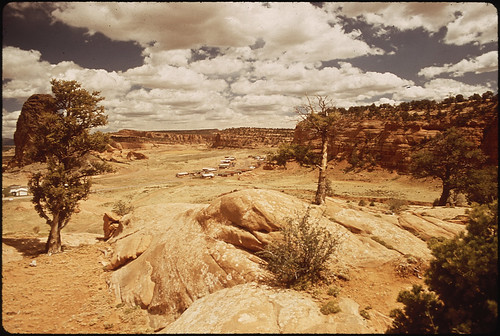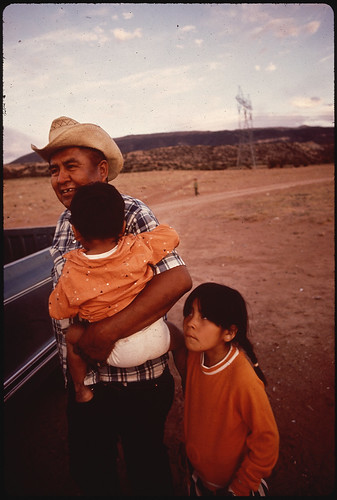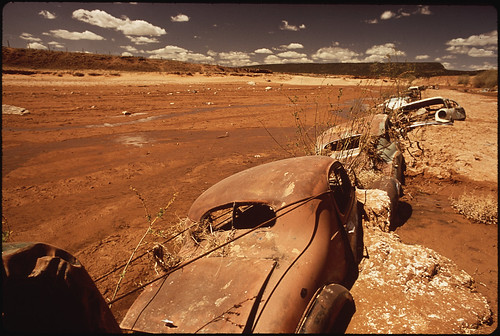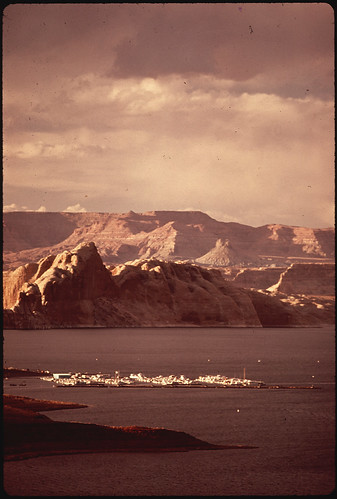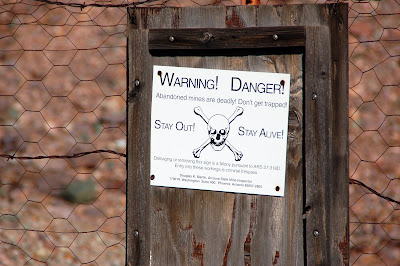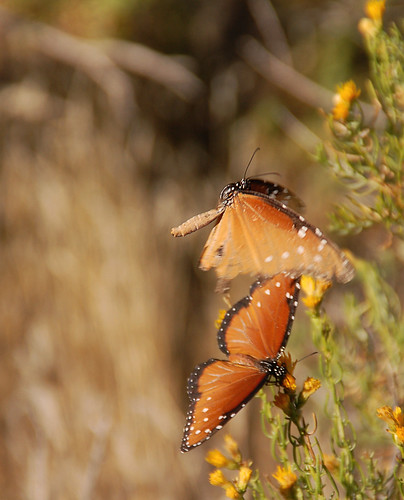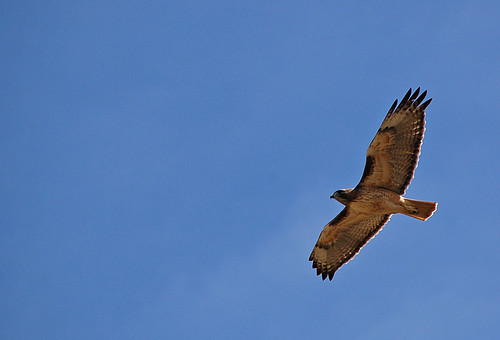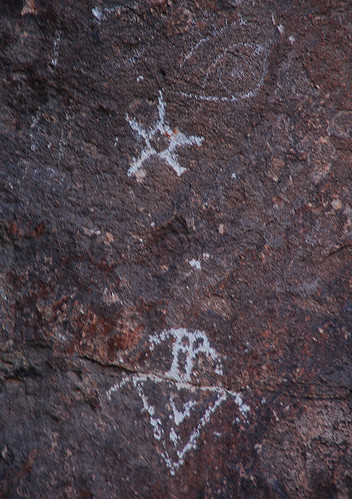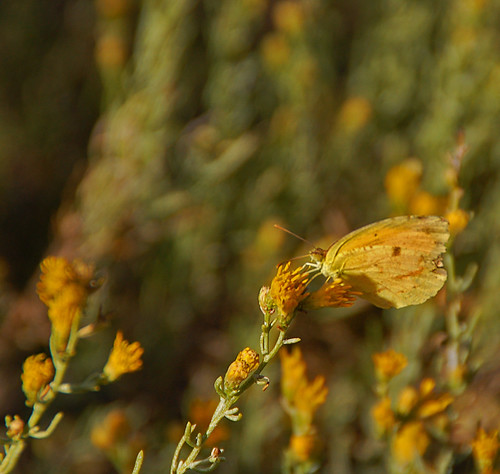Macho B must be rolling in his grave...er...on his taxidermy mount. Who is Macho B you ask? Macho B was the last known jaguar in the United States. In 2009 scientists from AZFGD intentionally captured Macho B in a cruel leg snare. When it took the jaguar a while to adjust to its new radio collar, the AZ Fish and Genius Department mistook this readjustment for distress. AZFGD recaptured him, shipped him to Phoenix and euthanized him.
The event gained some media attention, but AZFGD just let some low-level workers get crucified for it and resumed making terrible, terrible ecological decisions. Now, AZFGD have like minded people in Washington, including that joke of an Interior Secretary
Ken Salazar, who, for whatever reason, feels it necessary to try to undo decades of conservation efforts and remove gray wolves from the endangered species list. If you grew up in the 1980's and 1990's, you'll remember how there were no wolves in the lower 48 states when we were young and what an amazing success story their recovery has been. Until now.
The
Endangered Species Act requires that decisions to de-list species be made in view of scientific evidence. Now congress wants to de-list gray wolves. Congress is full of idiots, not zoologists, ecologists or biologists, so their qualifications to make such a decision are, well, nonexistent. Only their elevated sense of self-importance could explain why they would meddle with wolf conservation...or their transparent desire to gain votes at all costs. Either way, they are not qualified to decide what happens to wolves. Furthermore, allowing congress to determine the fates of native species sets a dangerous precedent and it must be stopped. You can contact the White House, voice your concern, and talk shit on Salazar
here.
This is the wording of the congressional legislation:
"Notwithstanding any other provision of law (including regulations), the inclusion of the gray wolf (Canis lupus) (including any gray wolf designated as "non-essential experimental") on any list of endangered species or threatened species under section 4(c) of the Endangered Species Act of 1973 ... shall have no force or effect."
See how it goes around the need for scientific evidence? It doesn't say they're off the list, just that the wolves' position on the list "shall have no force or effect." Evidence of both cowardice and duplicity.
Here in Arizona, the situation for wolves is particularly dire. Mexican wolves, a subspecies of the gray wolf, have only recently been reintroduced in the southwest. Fewer than 50 wolves remain in the wild. Yet, the worthless clowns making decisions over at AZGFD
support the delisting of the gray wolf! You can read their convoluted, short, contradictory,
shitsmear of an official statement here. It's not even well-written.
So what can we do? The immature, but oh-so-gratifying, thing to do is to go to the
AZFGD Facebook page and voice your disgust over their support for delisting wolves. The mature, responsible thing to do is to write your legislators and tell them not to delist wolves or put the power to decide which species deserve protection in the hands of politicians. You can find your
congressman or congresswoman here or your
senator here.
Lobos of the Southwest (mexicanwolves.org) are the leading champions for the conservation of Mexican wolves and their website has a full toolbox of options to help concerned nature lovers help defend our wild canine neighbors. If you sign up for their e-mail list, they really only send emails when urgent action is needed, not whenever the intern is bored like some other organizations. Or you could make a blog post to raise awareness of the imminent threat to wolves throughout the country. Just sayin'...
Update 12/8/2010: AZFGD released another press release yesterday reaffirming their commitment to wolf conservation. You can
read it here. If you read MOCS1986, or scan it, you'll realize that I'm not a Negative Nancy; I'm not a political griper and don't have an axe to grind with AZFGD. I would like nothing more than to believe that AZFGD is both committed to wolf conservation and capable of protecting wolves. However, as this second, equally vague and ill-explained press release indicates, AZFGD is already going about this in the wrong way. There are too many unanswered questions that anybody with an established plan would not leave open. Why is removing ESA protection for wolves a way to better protect them? Frankly, I'm not buying the idea that removing the Feds from this will make AZFGD nimbler or more effective stewards of wolves; I suspect the real reason AZFGD supports delisting wolves is in the press release's subtext - it will save money. Secondly, AZFGD does not have a great track record with animal conservation. Certainly, neither does the federal government, but, at the risk of invoking the same ghost too many times, the way AZFGD handled the
very recent Macho B situation does not suggest that they have the capabilities to manage wildlife effectively, particularly not big carnivores. Finally, federal protection incorporates a group into this scenario that is more disinterested in the AZ economy than AZFGD and, therefore, less likely to be influenced by ranchers, hunters, or others who want to kill wolves.
It really blows my mind when Terry Johnson states, "
Continuous litigation on wildlife conservation efforts, including wolves, has left wildlife management decisions to the judiciary instead of with the experts – the natural resources agencies." He is supporting de-listing wolves by an act of congress, an unprecedented act that further removes the influence of experts. This is not about returning decision making to experts. Quite the opposite.













